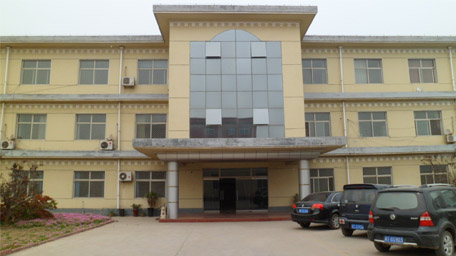- Industrial zone, South of Anping Town, Hengshui, Hebei, China.
- sales@hfpetromesh.com
- +86-18931809706
Durable Heavy-Duty Steel Grating Solutions for Robust Industrial Applications and Enhanced Load Support
Understanding Heavy-Duty Steel Grating A Comprehensive Overview
Heavy-duty steel grating has become an essential material across various industries, valued for its strength, durability, and versatility. It serves numerous applications, from industrial flooring to walkways and platforms, where safety and reliable performance are paramount. This article delves into the features, benefits, and applications of heavy-duty steel grating, highlighting why it is a preferred choice in modern construction and engineering.
What is Heavy-Duty Steel Grating?
Heavy-duty steel grating is a steel framework consisting of a series of parallel, load-bearing bars, usually attached to a series of crossbars. This design creates an open grid that allows for drainage, light penetration, and ventilation while supporting significant loads. The material is typically made from carbon steel, stainless steel, or aluminum, depending on the application requirements. The thickness and spacing of the bars can vary, but heavy-duty options are engineered to withstand substantial weight and heavy foot traffic.
Key Features of Heavy-Duty Steel Grating
1. Strength and Load Capacity One of the standout features of heavy-duty steel grating is its incredible load-bearing capacity. It is designed to support heavy machinery, vehicles, and foot traffic in industrial settings, making it suitable for factories, warehouses, and construction sites.
2. Durability Steel grating is highly resistant to wear and corrosion, especially when coated with protective materials. This longevity minimizes maintenance costs, making it a cost-effective solution in the long run.
3. Safety The open design of steel grating allows for excellent drainage, reducing the risk of water accumulation that could lead to slipping hazards. Additionally, options like serrated or abrasive surface finishes enhance traction, making it ideal for environments prone to spills or wet conditions.
4. Versatility Heavy-duty steel grating can be customized in various sizes, shapes, and finishes to suit specific project needs. Whether for walkways, trench covers, or platforms, its adaptability makes it a go-to material across industries.
Advantages of Using Heavy-Duty Steel Grating
steel grating heavy duty

- Cost-Effectiveness While the initial investment may be higher compared to other materials, the long-term savings associated with maintenance and replacement make heavy-duty steel grating a cost-effective solution
.- Easy Installation Heavy-duty steel grating is relatively lightweight, allowing for easier handling and installation. Its modular design facilitates quick assembly, reducing labor time on job sites.
- Environmental Friendliness Steel is 100% recyclable, contributing to sustainable building practices. Using heavy-duty steel grating can help projects earn green building certifications, appealing to environmentally conscious companies.
Applications of Heavy-Duty Steel Grating
1. Industrial Flooring Heavy-duty steel grating serves as a robust flooring solution in manufacturing plants and warehouses, capable of handling heavy machinery and equipment.
2. Walkways and Platforms The strength and durability of heavy-duty steel grating make it perfect for pedestrian walkways and elevated platforms, ensuring safety in high-traffic areas.
3. Trench Covers Steel grating is commonly used for trench covers, providing safe access over utility trenches while allowing for drainage and ventilation.
4. Wastewater Treatment In wastewater treatment facilities, heavy-duty steel grating is utilized for platforms and access covers, resistant to the corrosive environment often present in these applications.
Conclusion
Heavy-duty steel grating stands out as a robust and reliable option for many industrial applications, thanks to its strength, durability, and safety features. Its ability to adapt to varying requirements and environments makes it an invaluable asset in construction and engineering. As industries continue to seek efficient and long-lasting materials, heavy-duty steel grating will undoubtedly remain a popular choice for years to come.
-
The Power of Pyramid Shaker Screen - A 3-Dimensional SolutionNewsOct.24,2024
-
Exploring the Versatility and Durability of Steel GratingNewsOct.24,2024
-
Revolutionizing Drilling Efficiency with Steel Frame Shaker Screens for Mud Shale ShakersNewsOct.24,2024
-
Potential of Shale Shaker ScreensNewsOct.24,2024
-
Offshore Pipeline Counterweight Welded Mesh - Reinforced Mesh in Marine EngineeringNewsOct.24,2024
-
Revolutionizing Offshore Pipeline Stability with Concrete Weight Coating MeshNewsOct.24,2024
